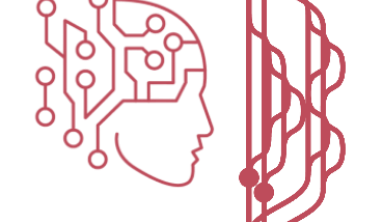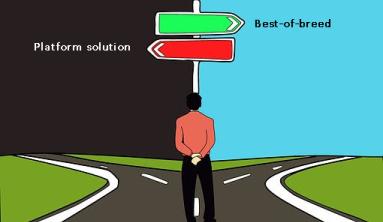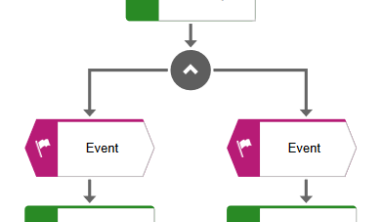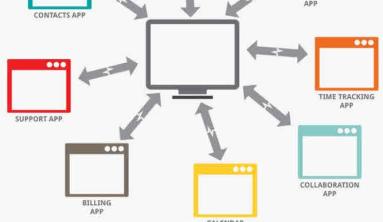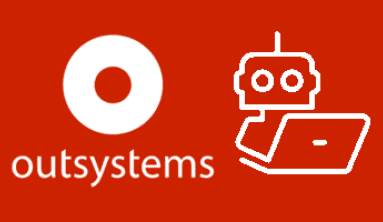At present, most commercial software applications developed with a set of complex business requirements to solve only the specific business problem or needs. Moreover, it is too tedious for software developers/architects be business domain experts, and also expecting them to know the entire business functions are also impractical. In those cases, how do we create a software application that solves an entire problem? On the other hand, a software application cannot be just a showpiece of technical excellence, rather must inherit the values to the automated business excellence.
The solution to this complex problem is Domain-Driven Design, commonly referred to as DDD.
It is a short article that introduces the key principles of Domain-Driven Design has known as Ubiquitous Language, which briefs about DDD concepts, principles, and patterns that merges the emerging technologies with the business excellence to solve any complexity understandings.
Ubiquitous Language?
Ubiquitous Language is a model that behaves like a universal language between the software developers and the domain experts for a proper understanding of the business requirement.
According to software development, an initial communication such as collaborating, learning, and defining a model brings a lot of barriers to the entire team. To solve this initial roadblock, the domain model introduced with a similar type of communication like flow diagrams, writings, and discussions within a context is paramount for successful implementations. This sort of conversation removing the critical barriers during the initial phase to produce business excellence is called Ubiquitous Language. This medium or mode of connectivity, integrated with the domain model extensively used by all the team members, is the root of the successful development of software enhancing business excellence.
Moreover, the team of designers can enhance their deep understanding and connect the domain jargons and data entities with the ubiquitous language to discover and evolve their domain models.
For instance;
Let’s take a short glimpse with a real-time example about ubiquitous language.

Significance Of Domain Driven Design
As we observe in the above image representing the ubiquitous language, pseudo code, and the comments, it specifically indicates each user story (requirements). However, some requirements provide a clear picture and some don’t make sense as it needs to be specified with even more clarity on what and how. To eliminate this sort of misunderstanding a ubiquitous language is introduced.
Hope, this article helps the readers to capture a short glimpse about the importance of Domain-Driven Design and helps in collaborating with the SME (Subject Matter Experts), Business Analyst, Non-technology stakeholders combined with the technical / development community to deliver complex domain driven systems successfully.
Source: knila blog

